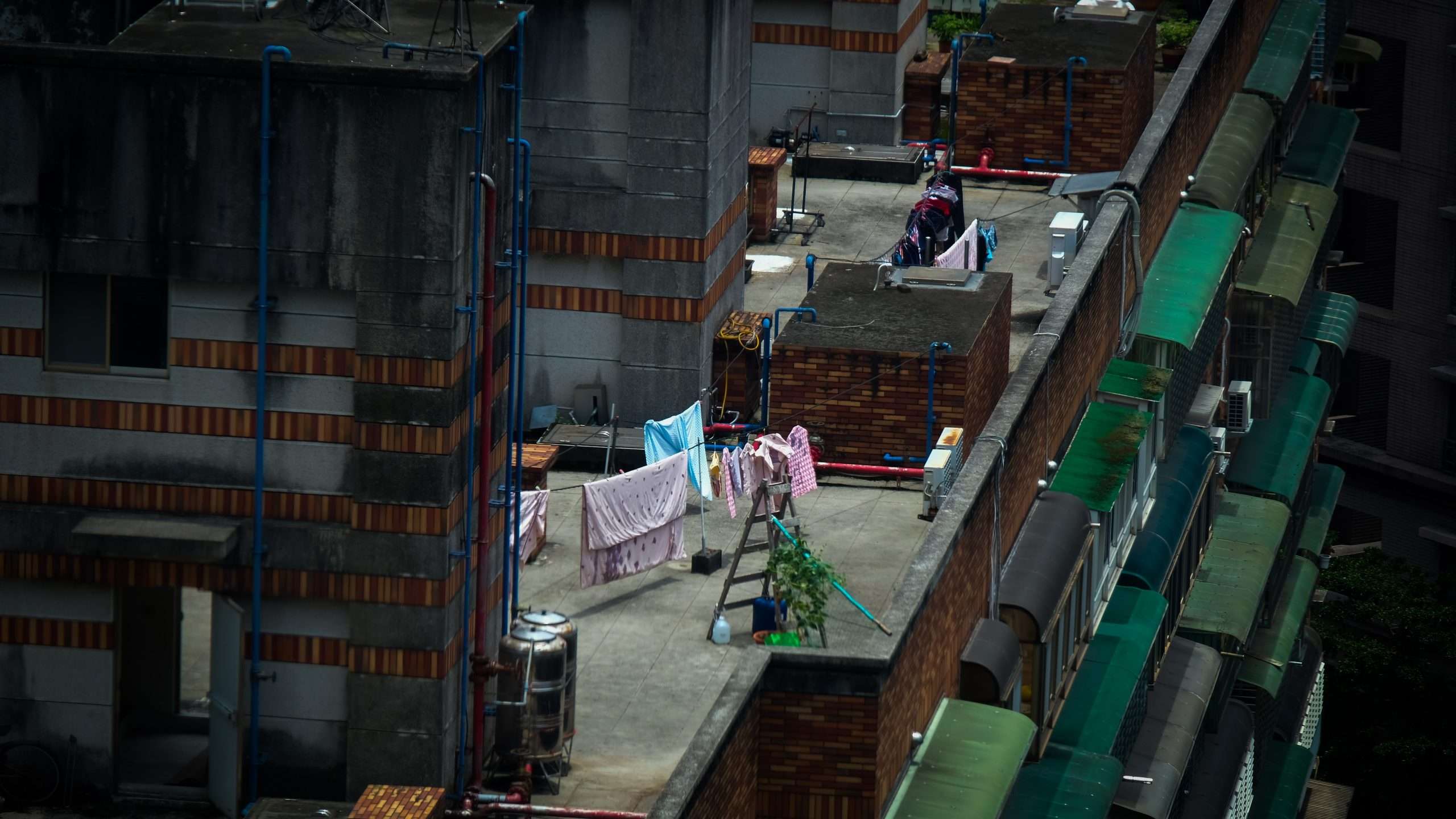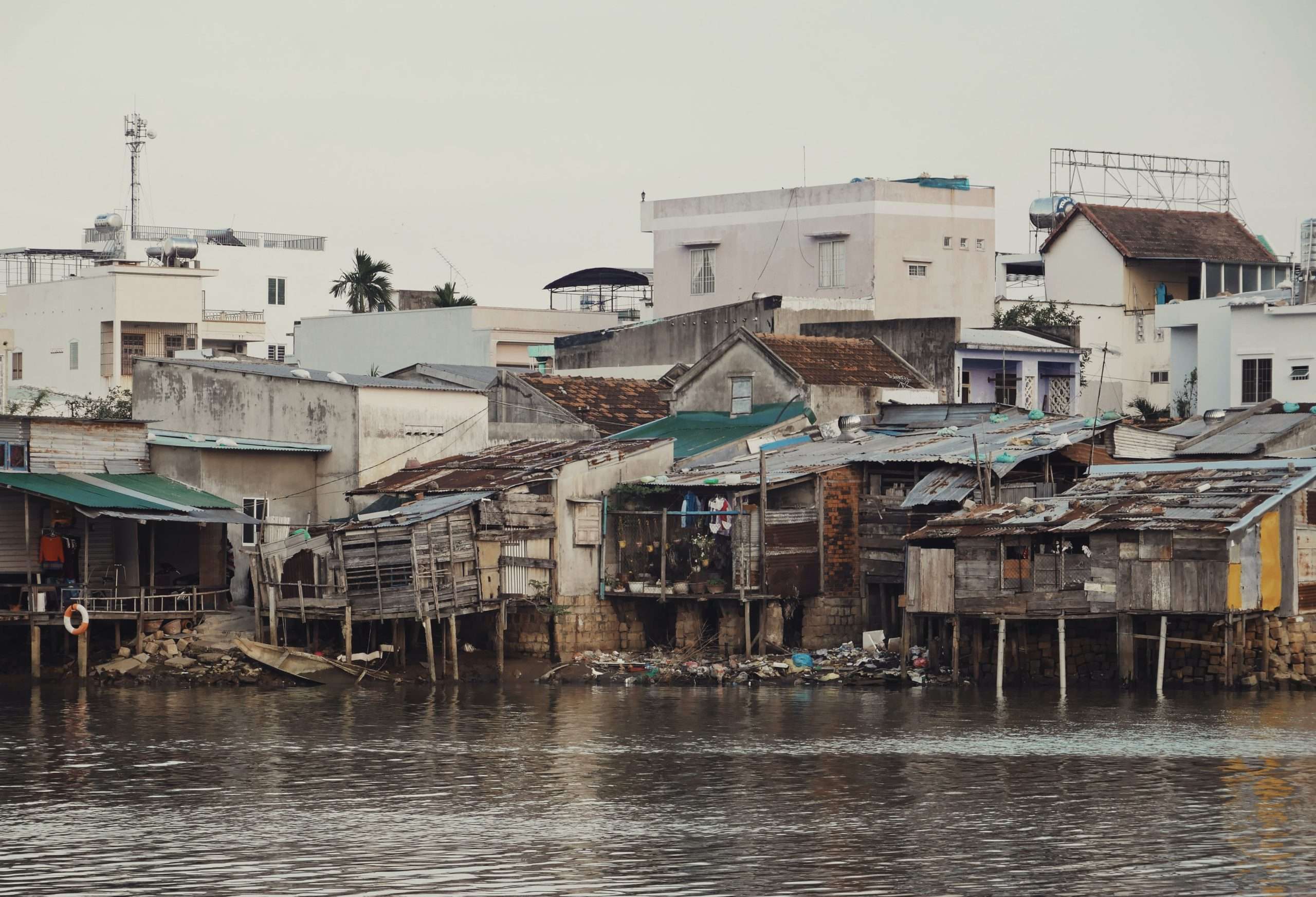Poverty Line Definition Is Judged Differently By Various Economies Across The Globe

Poverty Line Definition; In The 21st Century Poverty Line Definition Is Judged Differently By Various Economies. Poverty has always been a critical issue around the world, and every economy defines it differently. With the advent of technology and globalization, poverty line definition is not just determined by income but also includes access to basic necessities such as healthcare, education, housing, and food. This blog post will explore how different economies in the 21st century are redefining poverty lines and addressing this global challenge. Join us on this journey to understand how we can work towards eradicating poverty in our society today!
What is the poverty line?
In the United States, the poverty line definition is based on an individual or a family’s income. The federal government sets the poverty line at an annual income of $12,490 for individuals and $25,750 for families of four. However, this definition is just a starting point-poverty lines vary by state and by family size.
In other economies, poverty lines are often based on the cost of living. For example, in India the poverty line is defined as the amount of money needed to buy basic necessities like food, clothing, and shelter. This means that the poverty line in India would be lower than the poverty line in the United States because the cost of living is lower in India.
What factors are used to judge poverty?
There are many different ways to measure poverty, and as a result, there is no one universally accepted definition of poverty. However, there are some general factors that are often used to judge whether or not an individual or family is living in poverty.
Some of the most common factors used to judge poverty include income, consumption, and assets. For example, someone who lives on less than $1.90 per day is considered to be living in extreme poverty, while someone who lives on less than $3.10 per day is considered to be living in moderate poverty. Additionally, people who cannot meet their basic needs for food, shelter, clothing, and healthcare are also generally considered to be living in poverty.
Income is often the most commonly used factor when measuring poverty, but it is not always the most accurate measure. This is because income does not always reflect a person’s true standard of living. For example, someone may have a low income but still live a relatively comfortable life if they have access to free housing or other forms of assistance. Conversely, someone with a high income may actually be struggling to make ends meet if they have high expenses or debts.
Consumption is another important factor when measuring poverty. This takes into account not just how much money a person has, but also how they spend it. People who spend a large proportion of their income on essential items like food and housing are more likely to be living in poverty than those who have enough money left.

United States
In the United States, the poverty line definition is judged differently by various economies. The United States economy experienced a prolonged period of expansion during the 1990s and early 2000s. However, this growth was not evenly distributed across all sectors of society, and many Americans were left behind.
The official poverty rate in the United States is set at an income level that is below what is necessary to meet basic needs. However, this poverty measure does not take into account the cost of living in different parts of the country or the fact that many families incur significant child care and transportation costs. As a result, some estimates suggest that the true poverty rate in the United States may be twice as high as the official poverty rate suggests.
There are various ways to measure poverty, and no single definition can capture all of the dimensions of economic hardship. However, it is clear that there are millions of Americans who are struggling to make ends meet and who are living in conditions of severe economic deprivation.
Europe
In the early 21st century, poverty lines are judged differently by various economies. In Europe, for example, the poverty line is often set at 60% of the median income. This means that people who earn less than 60% of the median income are considered to be living in poverty. However, this definition can vary from country to country. In some European countries, the poverty line may be set at 50% of the median income, while in others it may be set at 70%.
There is no single definition of poverty that is universally accepted. However, the concept of relative poverty is widely used. Relative poverty is defined as a condition where people lack the resources to participate fully in society. This includes lacking sufficient money to meet basic needs such as food, shelter, and clothing. It also includes not having enough money to participate in social activities or access education and healthcare.
In Europe, relative poverty rates vary widely from country to country. For example, in 2015, around 23% of people in Bulgaria were living in relative poverty. In contrast, only around 5% of people in Norway were living in relative poverty. Rates of relative poverty are also high in many other European countries such as Spain (21%), Greece (20%), and Italy (17%).
The causes of relative poverty vary from country to country but can include low wages, unemployment, and a lack of social benefits such as healthcare and education. In many European countries, there has been a rise in inequality
China
China is the world’s most populous country, with a population of over 1.3 billion people. The country has a long history and a rich culture. China is also the world’s second-largest economy, after the United States.
However, despite its economic success, China still has a large number of poor people. In 2010, the World Bank estimated that there were still more than 100 million people living in poverty in China. This is because the Chinese government uses a different definition of poverty than most other countries.
The Chinese government considers someone to be living in poverty if they earn less than 2,300 yuan ( about $350) per year. This is much lower than the international poverty line of $1.25 per day, which is used by the World Bank. As a result, many people who are considered to be poor in China would not be considered as such in other countries.
South Africa
In the early 21st century, poverty lines are judged differently by various economies. For example, in South Africa the poverty line is defined as “the national upper-bound poverty line” (NUPL). The NUPL is the line at which people are just able to afford basic necessities. It is calculated using data from surveys of households.
The South African government has committed to halve poverty and hunger by 2030. In order to do this, they have created a National Development Plan (NDP). The NDP includes a focus on creating jobs, reducing inequality, and improving basic services.
Conclusion on Poverty Line Definition
In conclusion, the poverty line definition of the 21st century is judged differently by various economies. While some countries use monetary standards for their assessment, others rely on more subjective measures such as quality of life and access to basic needs. Ultimately, it is up to each individual economy to determine what constitutes poverty in order to best serve its citizens. Poverty should be addressed with great urgency and compassion regardless of where one may live or how it is defined.

